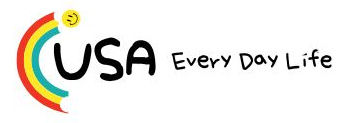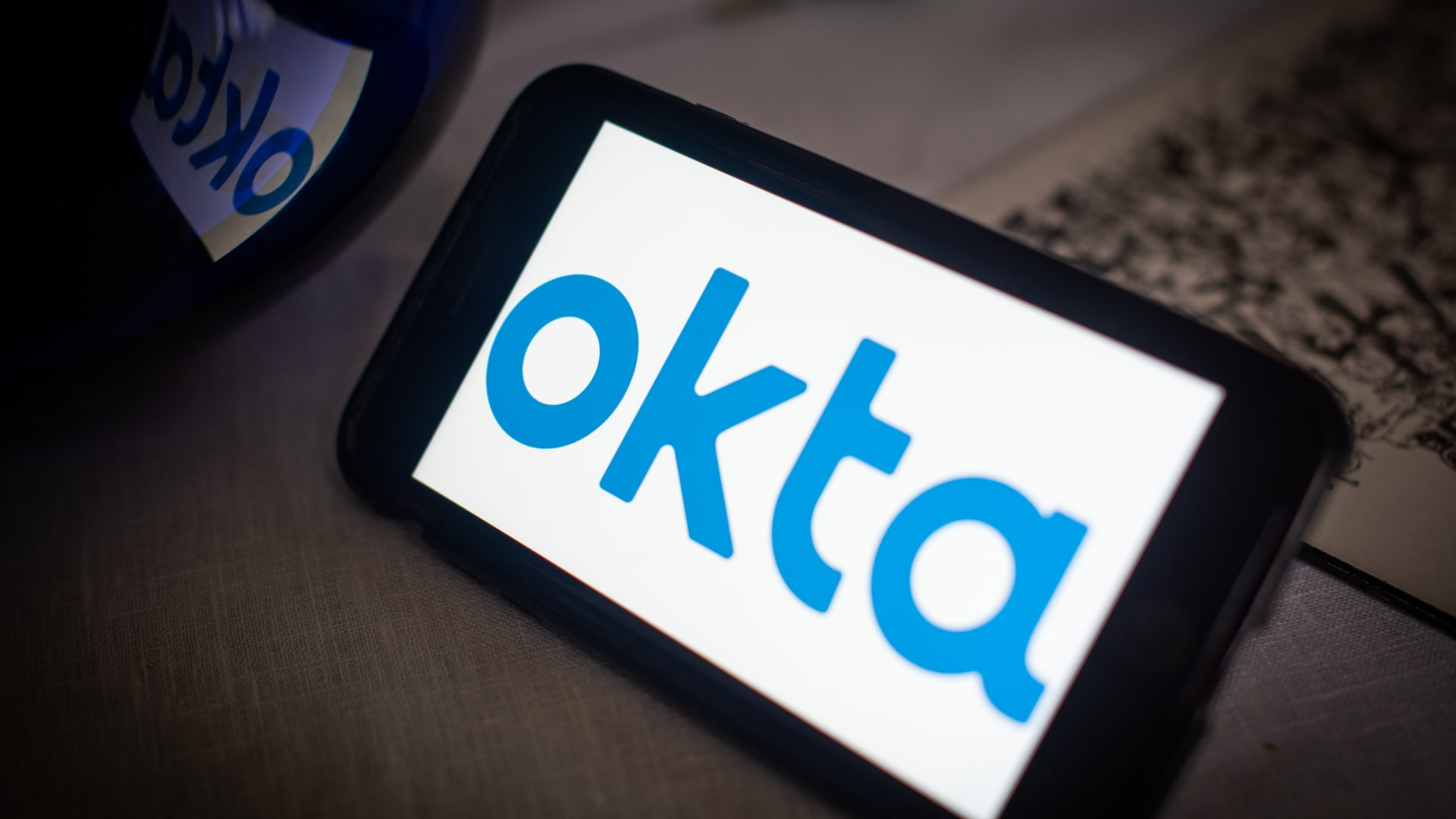Today, I’m diving into a trade setup that’s not only low-risk but also a great way to get hands-on experience with options — risking as little as $50 per trade. Okta recently experienced a steep 35% sell-off over just 22 days, despite beating both earnings and revenue estimates. The drop was triggered by a cautious forward outlook, but this kind of sharp move looks like a classic overreaction. That said, just because a stock is oversold doesn’t automatically make it a buy — markets can remain stretched in either direction longer than expected. This is where technical analysis becomes critical. By layering in a few key indicators, we can start to assess whether a potential reversal is actually taking shape. For this trade, I’m relying on two technical tools: MACD The Moving Average Convergence Divergence (MACD) is a reliable indicator for spotting trend reversals. I’m using the standard settings (12, 26, 9), which are widely followed. While MACD is technically a lagging indicator — meaning signals often show up after the trend has begun to shift, its crossovers are usually quite dependable. In the chart below, the blue line is the MACD line and the yellow is the signal line. I’ve highlighted prior instances where a bullish crossover (blue crossing above yellow) accurately marked trend changes. In OKTA’s case, this crossover just occurred on 6/27, signaling that momentum may be shifting. RSI The Relative Strength Index (RSI) is another go-to tool for measuring momentum and identifying potential reversals. For the past month, OKTA’s RSI has been stuck in a tight range, reflecting a lack of clear direction. But on Friday, RSI broke out of that range, suggesting the end of the consolidation phase and the possibility of a new trend emerging. These kinds of setups are broken down in detail in my book Mean Reversion Trading , which you can check out here . You’ll also find hundreds of real-world examples on my site . The trade setup: OKTA 99-100 bull call spread To establish a bullish position on OKTA, I’m using a bull call spread. With the stock trading near $99.60, the setup involves buying the in-the-money (ITM) $99 call and simultaneously selling the $100 out-of-the-money (OTM) call — combining both legs into a defined-risk trade. As the stock moves, this position can be scaled by adding additional spreads. For instance, if OKTA dips to $98, a new $98–$99 spread can be layered on to capitalize on the pullback while keeping risk in check. Here is my exact trade setup: Buy $99 call, Aug 1 expiry Sell $100 call, Aug 1 expiry Cost: $50 Max Profit: $50 Max Loss: $50 If OKTA is trading at or above the short strike ($100) by expiration, this trade has the potential to return 100% on the capital risked. For instance, with 50 contracts, the trade involves risking $2500 to potentially gain $2500. As OKTA rebounds, traders can ladder into the position, gradually increasing exposure to capitalize on a recovery rally. -Nishant Pant Founder: https://tradingextremes.com Author: Mean Reversion Trading YouTube, Twitter: @TheMeanTrader DISCLOSURES: Nishant has an OKTA 99-100 call spread expiring on Aug. 1. All opinions expressed by the CNBC Pro contributors are solely their opinions and do not reflect the opinions of CNBC, NBC UNIVERSAL, their parent company or affiliates, and may have been previously disseminated by them on television, radio, internet or another medium. THE ABOVE CONTENT IS SUBJECT TO OUR TERMS AND CONDITIONS AND PRIVACY POLICY . THIS CONTENT IS PROVIDED FOR INFORMATIONAL PURPOSES ONLY AND DOES NOT CONSITUTE FINANCIAL, INVESTMENT, TAX OR LEGAL ADVICE OR A RECOMMENDATION TO BUY ANY SECURITY OR OTHER FINANCIAL ASSET. THE CONTENT IS GENERAL IN NATURE AND DOES NOT REFLECT ANY INDIVIDUAL’S UNIQUE PERSONAL CIRCUMSTANCES. THE ABOVE CONTENT MIGHT NOT BE SUITABLE FOR YOUR PARTICULAR CIRCUMSTANCES. BEFORE MAKING ANY FINANCIAL DECISIONS, YOU SHOULD STRONGLY CONSIDER SEEKING ADVICE FROM YOUR OWN FINANCIAL OR INVESTMENT ADVISOR. Click here for the full disclaimer.





